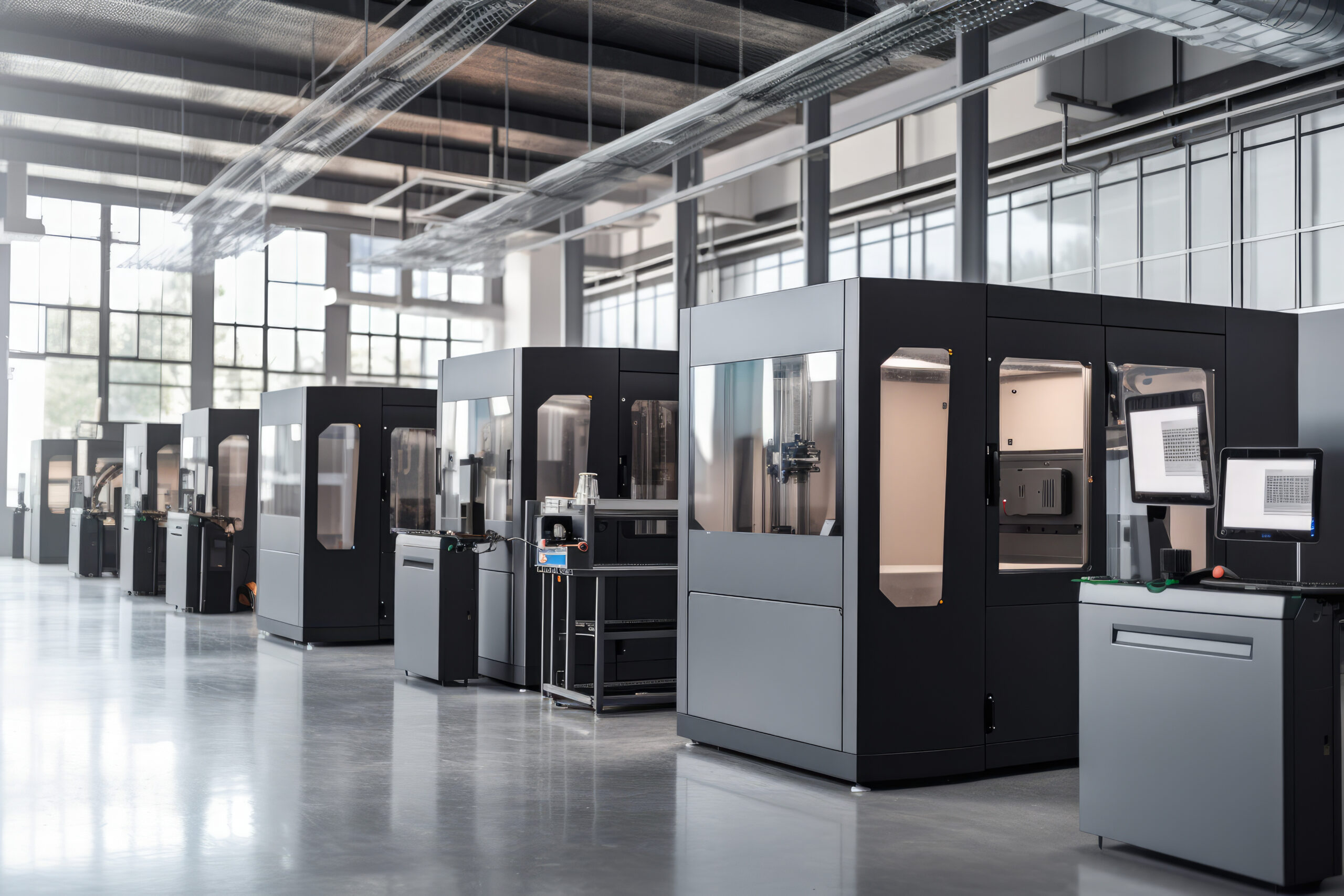Not long ago, 3D printing was seen as a niche technology, mostly used for rapid prototyping and hobbyist projects. But today, it’s clear that additive manufacturing is transforming the way products are designed, produced, and delivered. As the technology advances, its role in manufacturing is only growing.
So, what does the future of 3D printing in manufacturing look like? Here are some key trends shaping the industry:
1️⃣ Beyond Prototyping: Full-Scale Production
For years, 3D printing was mainly used to create prototypes—quick, cost-effective ways to test designs before mass production. But now, companies are using it for end-use products.
🚗 Automotive: Car manufacturers like Ford and BMW use 3D printing to produce lightweight, high-performance components.
✈️ Aerospace: Boeing and SpaceX are printing complex parts that reduce weight and improve fuel efficiency.
🩺 Healthcare: Custom prosthetics, dental implants, and even bio-printed organs are pushing the boundaries of medicine.
With stronger materials and better printing speeds, 3D printing is moving beyond just “testing ideas” to actually producing the final product.
2️⃣ New Materials, New Possibilities
The early days of 3D printing were all about plastic. Today, we’re seeing breakthroughs in metal printing, biocompatible materials, and even composites.
🌱 Sustainability: Eco-friendly filaments made from recycled materials are reducing waste.
🔩 Industrial-Grade Metals: Titanium and aluminum printing is revolutionizing high-strength, lightweight part production.
🧫 Bioprinting: Scientists are working on printing human tissues, potentially paving the way for organ transplants in the future.
As material science evolves, 3D printing will become an even more viable option for large-scale production.
3️⃣ Supply Chain Disruption & On-Demand Manufacturing
One of the most exciting aspects of 3D printing is its potential to decentralize manufacturing. Instead of relying on global supply chains, companies can print parts on demand, closer to where they’re needed.
🛑 Fewer Delays: No need to wait for overseas shipments—parts can be printed locally.
💰 Lower Costs: Reducing inventory and warehousing costs by printing only when needed.
🌍 Sustainability: Fewer logistics and transportation needs mean a reduced carbon footprint.
Industries like defense, aerospace, and medical supplies are already exploring ways to use 3D printing to create a more resilient, on-demand manufacturing ecosystem.
4️⃣ Mass Customization: The Era of Personalization
Traditional manufacturing thrives on mass production—making thousands or millions of identical items. But what if each product could be customized for the end user?
👟 Footwear & Apparel: Brands like Adidas and Nike are experimenting with 3D-printed, custom-fit shoes.
🎧 Consumer Electronics: Custom phone cases, headsets, and even wearables designed to fit each person perfectly.
🦾 Medical Devices: Prosthetics, orthotics, and dental aligners that match each patient’s needs.
3D printing makes personalization scalable, which means consumers will increasingly expect products made just for them.
What’s Next?
As 3D printing technology continues to advance, we’ll see:
✅ Faster Printing Speeds – Reducing production time to compete with traditional methods.
✅ Lower Costs – Making high-quality printing accessible to more industries.
✅ More Regulations & Standards – Ensuring quality and safety as 3D printing becomes mainstream.
At VisionTek3D, I’ve seen firsthand how 3D printing is changing the game—not just in manufacturing, but in small business, creativity, and personalization. It’s exciting to think about where this technology will take us in the coming years.
Where do you see the biggest opportunities for 3D printing in manufacturing? Let’s discuss!

